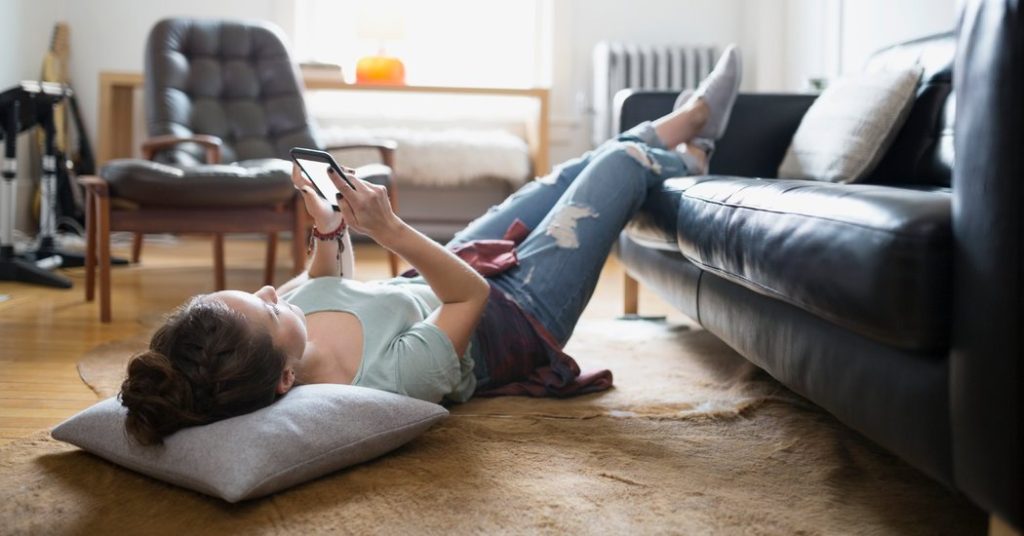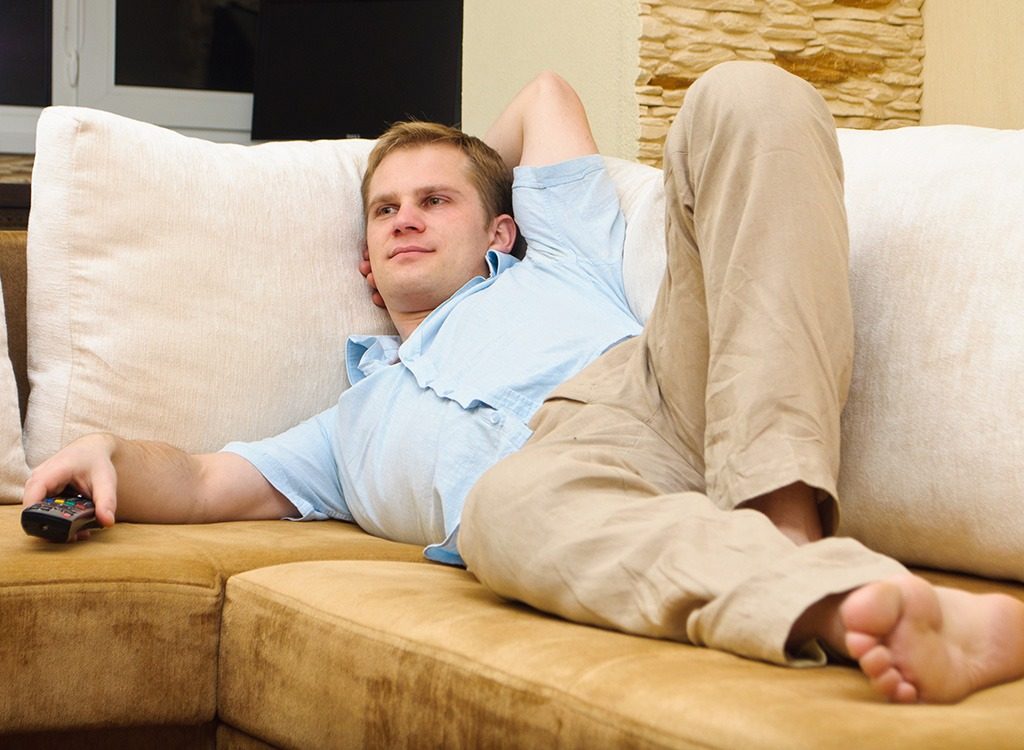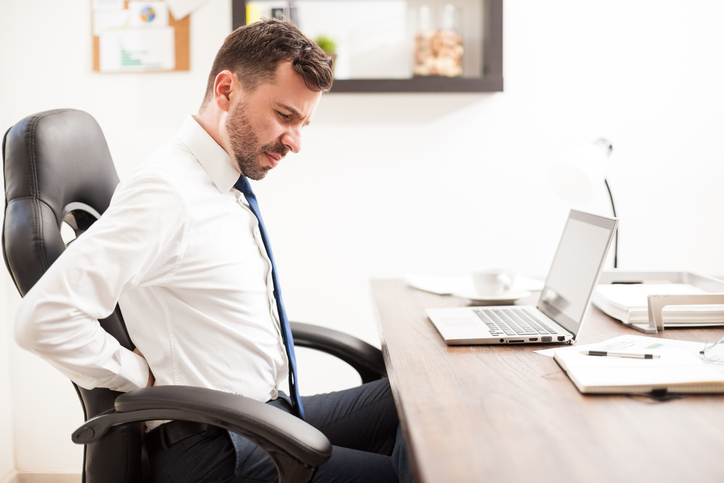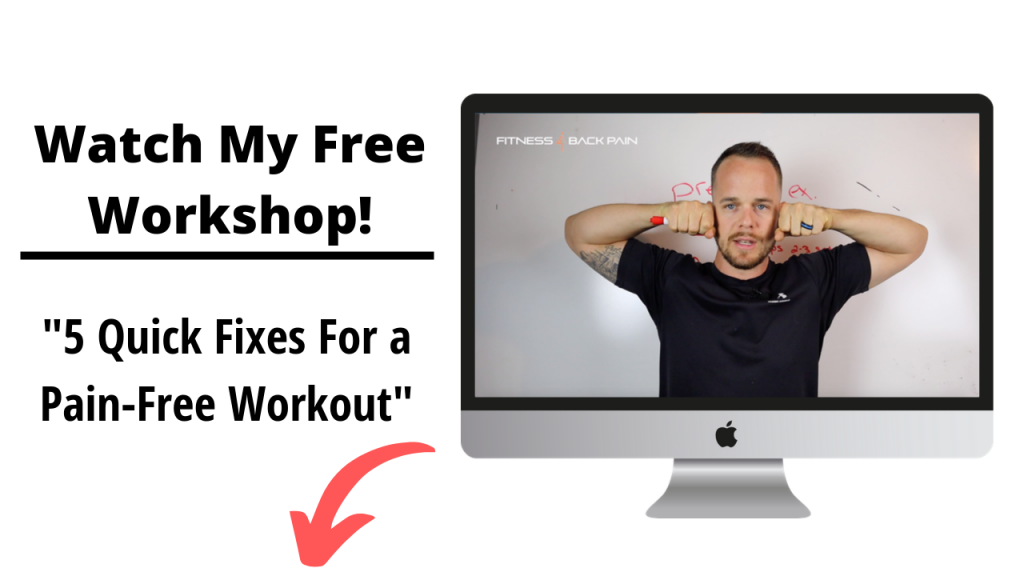Back pain when laying down?
4 non-prescription drug techniques to getting relief!

You know it’s bad when your back hurts even when you’re laying down. The last thing you want after a long shift, hard day of cleaning the house or the first leg of your cross-country RV trip is to lay down just to continue to wrestle with the same pain (if not even worse). We think we do too much walking, standing or moving around during the day so we crave that chance to simply kick our feet up and take the load off our backs. This back pain even when laying down is pretty common amongst your average back pain sufferer but always approached the wrong way when it comes to the safest and best return on your time investment. Today, I am going to show you how I approach my “rest time” when it comes to getting relief from what the day has done to my lower back.
If you think your recovery and rehab program is only done within the walls of your physio’s office 2-3 times a week. You are acting and thinking the exact way the “medical Industry” wants you to.

Super comfy yet super painful at the same time….is that possible?
1) Sensitive discs can’t handle sensitive positions:
The worst thing you can do post-surgery or during any kind of disc recovery program is get lazy with the way you use your body. We can go a lot of different ways with this but I want to just focus on the positions you’re in when doing things like laying on the couch watching TV, in bed with a book or on the floor with your phone. When you’re battling with inflammation you have to wage war on the way you are using your spine NOT the consistency of your Ibuprofin and Percacet regimen. The best medicine for an inflamed disc is a healthy position first and foremost.
Key areas to look out for is how you’re laying when you’re in your “relaxed” positions.
Stay away from lounging on big comfy couches for more than a few minutes unless you have a way of stiffening them up to add more support.
Stay away from laying on your side propping your head up with your hand whether on the floor, bed or couch. This puts a curve in your spine that after a few minutes could add to the irritation that is already there.
Stay away from leaning or slouching to one side when in the car or at the office. We all have the same habit of favoring one side over the other. While you are trying to reduce your sensitivity you need to pursue favorable positions that keep your spine happy (more on this later).
Food for thought: Pain-killers take away the pain while in crappy positions only leaving you needing more pain-killers later. Removing the poor positions allows you to not need pain-killers as you allow your body to do its thing naturally over time (that pretty much sums up this entire website!)
2) Get as neutral as possible:
This is not impossible to do. I hear a lot of people say “Nobody can keep perfect posture all day, it’s impossible”. Perfection is impossible BUT striving for perfection and actually reaching it are two different things. I always say to strive for perfection because I feel it gets that much more out in effort from my client. If I were to just say “sit up straight as much as you can or whenever you think about it” guess what, if your posture is jacked and back is smoked odds are you NEVER think about it so what good does that do?
Key areas to look for when it comes to keeping a neutral posture.
I always suggest starting with the most common movements you do day in and day out.
-Bending to pick up toys, clothes, lawn equipment, dumbells, gym bags etc off the floor. Your spine needs to be neutral and the hinge should come from the hips, not the lumbar spine. While you are desensitizing your lumbar spine it’s important to address this aggressively. A great example of this is setting a rule for one area of your life at a time. During your cleaning, yard work or gym session everytime you bend it has to be with a hip hinge and neutral spine.
-Maintaining a neutral spine when lounging around after work, before work or on the weekends. Always pick the position that gives YOU more control. If you’re watching TV, switch from laying on your stomach to laying on your back with your legs propped up on a chair or coffee table to sitting on a chair with a firm seat. Break it up, the key is to strive to give your spine ample time in a neutral position. This will allow your body to do what it needs naturally to repair the disc or reduce inflammation.
Food for thought: Pain-killers take away the pain while in crappy positions only leaving you needing more pain-killers later. Removing the poor positions allows you to not need pain-killers as you allow your body to do its thing naturally over time (that pretty much sums up this entire website!) I talk a lot about how to audit your life to pull out and fix some of the most common yet over-looked solutions to back pain HERE

3) Undo what you do all day:
This requires a strategic workout plan. My students love these training programs. If you have your own you’re following great! Here is a video I put together on creating the best plan for you!
This has been a HUGE game changer for me as well for a lot of the people I work with. If you were to focus heavily on any one area it would be to spend time doing the opposite of what you do ALL day that could be hurting your back.
Let’s take the most common issue: Sitting
Your spine is flexed for the majority of your workday (if you have a job that requires sitting) so, going into the gym or going home and doing the exact thing that you do all day (sit) is doing ABSOLUTELY NOTHING to progress your healing. I don’t care how many times you’re doing your physical therapy exercises, or seeing your awesome physiotherapist a week. All that is garbage if you don’t take responsibility for what you’re doing at home.
How I would approach reversing a sitting habit:
Instead of just going home and laying around on your back, spend time on your stomach as often as you can at home. This can be while you surf the web, creep peoples Facebook pages, work on that paper, read that book or even watch TV. This allows the disc to reposition itself which can help relieve sciatica symptoms and overall general lower back pain.
>>This is a great article that gives some detailed exercises for those with back pain<<
At first, you may not be able to handle being on your stomach. Do small sessions throughout the day. Believe me, I never thought sleeping on my stomach would be possible but now I can choose to sleep on my stomach and NOT wake up in the middle of the night in pain. This is all from months and months of spending more time on my stomach and working up my ability to stay in this position PAIN-FREE.
While in the gym, I would stay away from direct lower back work that involves repeated flexion. Sitting all day at your job then going to the gym and working 5 sets of high rep deadlifts would be dumb. Maybe you don’t know what a deadlift is but you still go to the gym and do your circuit on the machines. Think about what you’re doing. You’re going to the gym to sit more while you exercise from a seated position. Spend more time walking or doing exercises that involve standing.

4) Play around with pelvic positions:
What I mean by this is retraining your brain to know and stabilize what a healthy pelvic position really is. This is one of the biggest reasons people experience back pain when laying down. Usually, you lay on your back which tilts your pelvis into an anterior pelvic tilt and smashes those lumbar vertebras together (if these are irritated or inflamed for you, this will make the pain even worse). Elevating your legs brings your pelvis OUT of this tilt and into a more neutral and happy position. See how that works?
Take my own issue for example. Ruptured L5-S1 disc with facet joint irritation. If you were to assess me you would find that I favor a “Butt out” or “duck butt” position when I stand and sit. Knowing that, when I go to squat I slam my lower back into anterior pelvic tilt, maxing out those end ranges of my facet joints and putting a lot of pressure on that L5-S1 area.
So what I have had to work on is relearning what a neutral spine looks like but more importantly what it FEELS like. I have to feel what is healthy to be able to correct myself and learn new habits.
You have to take this same approach. When standing or sitting play around with your pelvic position. Rock it back and forth and hunt for a position that either reduces the pressure or symptoms you’re experiencing. Take a look in the mirror and see what this position looks like. Does it look like a more favorable, neutral position? How far off is it from your normal, painful resting position. This, of course, is not the end all be all and there is a lot more to assessing someone and their specific case but this is a simple drill you can do AT HOME without a DOCTOR or professional.
If you can pin down a better pelvic position, practice walking, sitting, standing and bending with this new position in mind. After a while, your body will build the endurance and strength it needs to support that healthy position.
Recap!
When you want to simply lay around after a long days work only to find your back pain getting worse, you have to wage war on your standard of “restful positions”. If you’re experiencing more lower back pain when laying on your back or in any position do an audit of what position your spine is in. Most of the time, this hunting around will help you find solutions to your problem.
Thanks for reading guys and be sure to share with a friend! Together we can help more people all over the world struggling with lower back pain!
William

